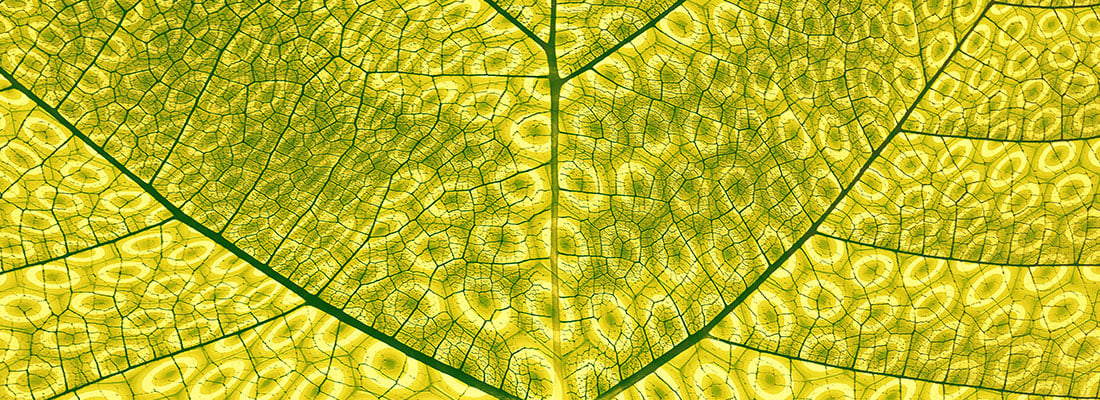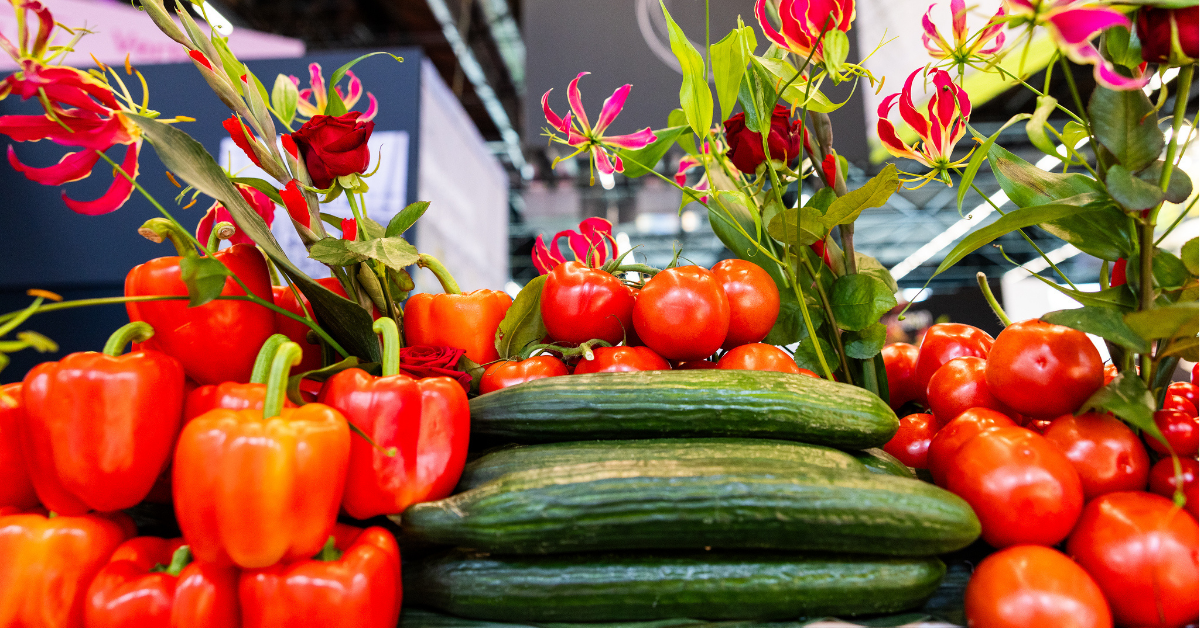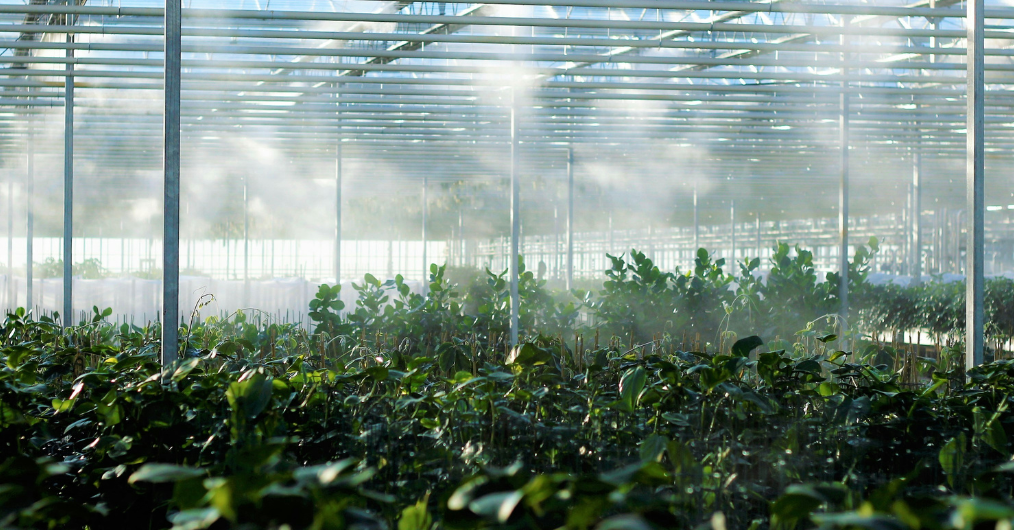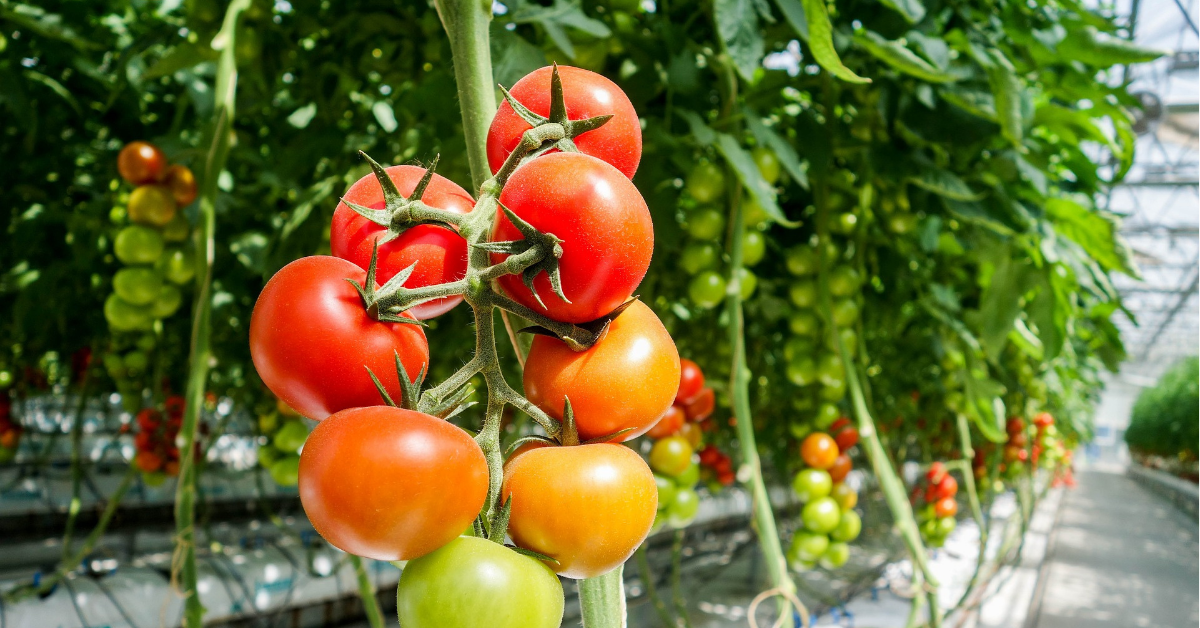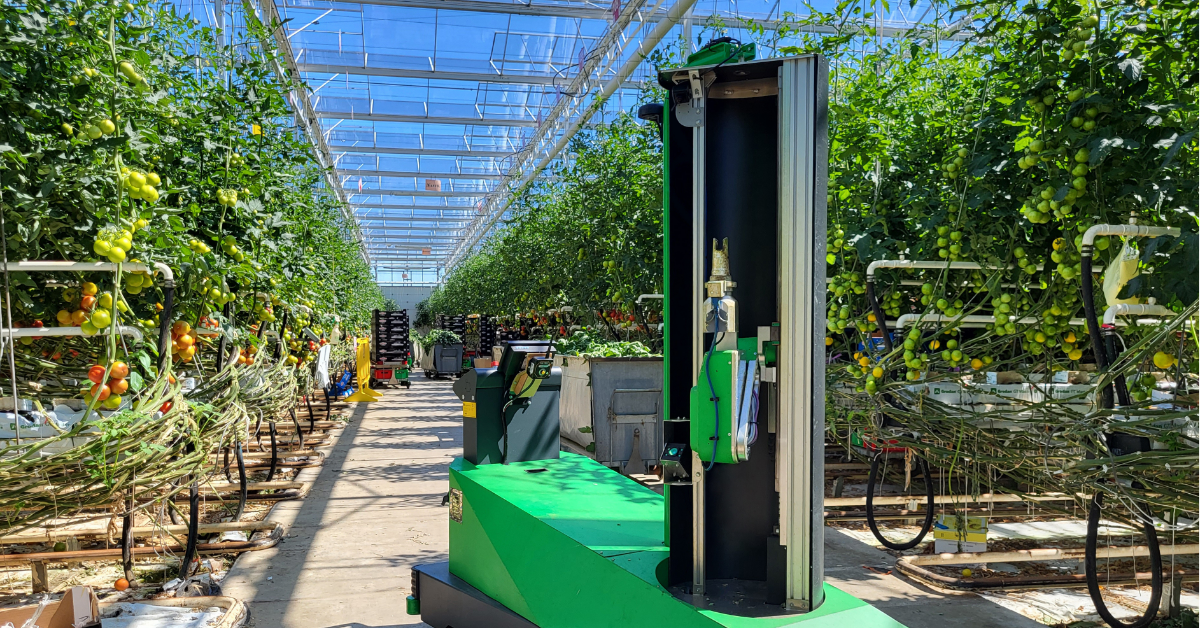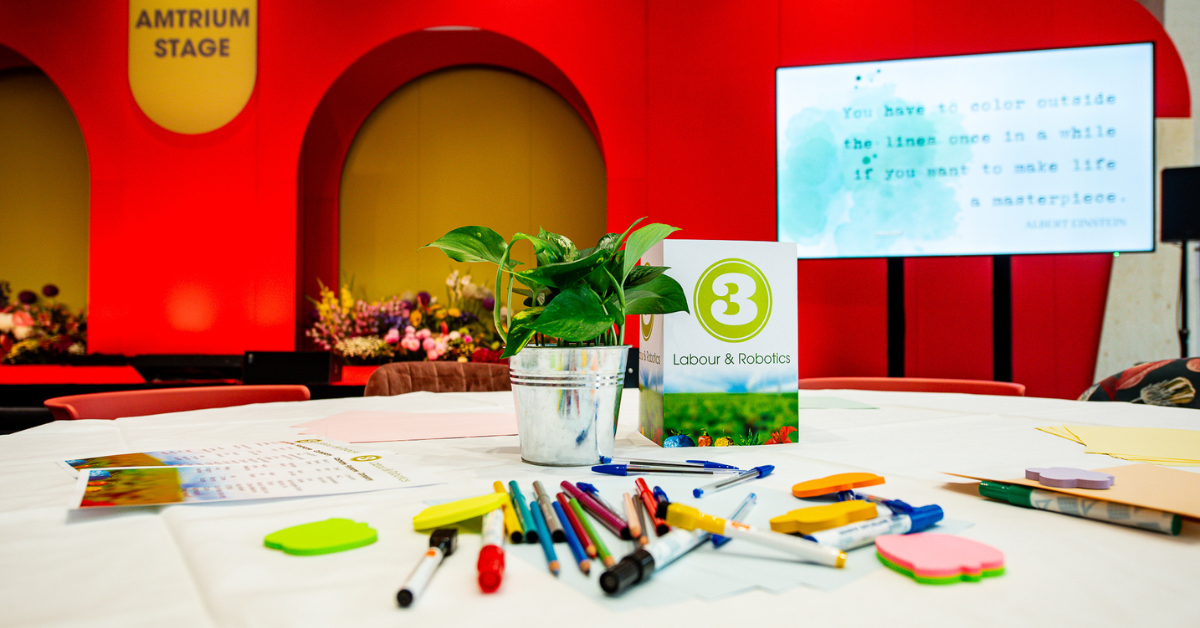Three metrics that’ll make you a better grower
We all know how plants grow. Light is absorbed by the leaves and converted into energy, plants grow, when the sun goes down, the Calvin cycle kicks in. Greenhouses intensify this effect and supplement natural sunlight with artificial light that can be considered more effective than natural sunlight these days with innovation in light technology increasing at a fast pace. This fast pace means that manufacturers are even closer to a full spectrum of colours needed by crops to grow efficiently and still fully develop.
Each plant responds to a different light on the light spectrum and the right spectrum can encourage a plant to grow outside of its normal season or location. Additionally, specific spectrums can help develop leaf density and depth of colour.
There are setups where growers will either switch out bulbs or have two different lighting systems in the greenhouse,” explains Austin Gelder, a lighting photometric measurement and regulation expert with UL Lighting Performance Testing. “To get the seedling growing, they might use the higher intensity red light to get it to grow to the appropriate height and then they will turn on the blue lights to build out the foliage. At the final stage, they will turn on the red light again to trigger flowering,” Gelder concludes.
Unfortunately, as mentioned earlier, light spectrums are not a one size fits all yet and are invisible to the human eye. But luckily plants don’t have eyes. Gelder goes on to explain that human photonic curves tend to peak at yellow/green and dissipate around the blue and red ends of the colour spectrum whereas plants have the opposite reaction. In the invisible light, that is where plants photosynthetic properties come to life , or when green plants and other organisms use sunlight to create their own food from carbon dioxide and water.
When describing horticultural lighting, photosynthesis is the de-facto measurement purely because all plants use photosynthesis to create their own food. Plants growers employ three key metrics to help them decide which fixtures are the best fit for their growing facility.
Photosynthetic Photon Flux (PPF) measures the total photosynthetic active radiation (PAR) produced by a lighting system each second (UL, 2017). PAR is already considered a very common metric for photosynthesis. “PPF is based on the photosynthetic response curve which shows the correlation between light intensity and the rate of photosynthesis” says Gelder.
“But, plants care more about how much light actually hits them than how much light is generated,” Gelder says. For this measurement we need a different kind of test called the Photosynthetic Photon Flux Density (PPFD) test. This tells how many photons are needed to initiate photosynthesis, by hitting the surface of the plant.
Daily Light Integral (DLI), is an instant metric where measurements are based on a single snapshot in time. DLI forecasts how many photos will actually hit the plants surface over a 24 hour period. DLI is incredibly important in growth lighting as, we know, the amount of light hitting the plant can drastically change the growth rate, development, yield and quality.
Horticultural Lighting Testing
Utilising a Moving Mirror Goniophotometer, each horticultural light is texted with a large, mirrored integrating, sphere that circulates around the fixed light source and is measured by a photodetector. A state of the art computer software system calculates the lighting characteristics of each tested light, and uses the three metrics mentioned above, PPF, PPFD and DLI to show the grower the best light for them. The lights are set up and tested in the same in-field configuration and therefore an accurate reading can be taken without the fixture tilting or a altering heat profiles.
While testing, spectral radiometers take snapshots of different parts of the spectrum to help calculate the relative power at each snapshot. Gelder says “But, plants care more about how much light actually hits them than how much light is generated,” Gelder says
The whole testing process is all for the grower, to see which fixtures they believe are the best for their operation. As Gelder goes on to explain “The primary focus is to have growers be able to compare, apples to apples, two different lights of two different technologies.” The metrics and comparisons really do help plant growers increase their yield and increase the aesthetic appeal of growing, “making it an excellent thing that plants lack eyes after all.” (UL,2017)
How would you feel with the months hottest Horticulture Technology tips, trends and info at your fingertips? Sign up for our monthly newsletter to make sure you stay ahead of the game! #AskGreenTech
Source: https://www.ul.com/
Share your horticulture technology stories with us
Do you have an innovation, research results or an other interesting topic you would like to share with the international horticulture technology industry? The GreenTech website and social media channels are a great platform to showcase your stories!
Please contact our Brand Marketing Manager Murkje Koopmans.
Are you an GreenTech exhibitor?
Make sure you add your latest press releases to your Company Profile in the Exhibitor Portal for free exposure.
Have exclusive horticulture technology news delivered to your inbox
The GreenTech monthly newsletter brings you the latest exclusive horticulture technology news and updates about our global horticulture technology trade shows and events.
Join over 32,000 of your peers and receive:
☑ Exclusive commentary from industry leaders
☑ The latest news from the GreenTech team
☑ Stay up to date with all the latest news about our events
